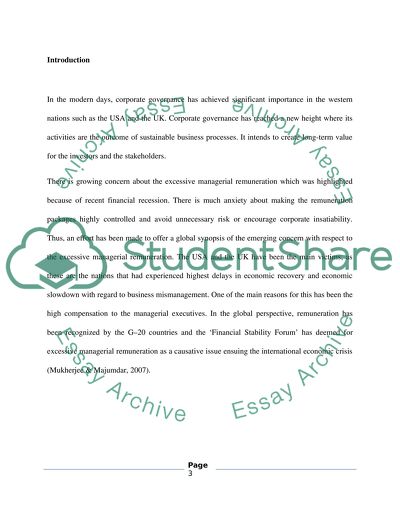Cite this document
(“Literature Review of Corporate Governance and Dividend Policy Dissertation”, n.d.)
Retrieved de https://studentshare.org/finance-accounting/1391016-literature-review-of-corporate-governance-and
Retrieved de https://studentshare.org/finance-accounting/1391016-literature-review-of-corporate-governance-and
(Literature Review of Corporate Governance and Dividend Policy Dissertation)
https://studentshare.org/finance-accounting/1391016-literature-review-of-corporate-governance-and.
https://studentshare.org/finance-accounting/1391016-literature-review-of-corporate-governance-and.
“Literature Review of Corporate Governance and Dividend Policy Dissertation”, n.d. https://studentshare.org/finance-accounting/1391016-literature-review-of-corporate-governance-and.


